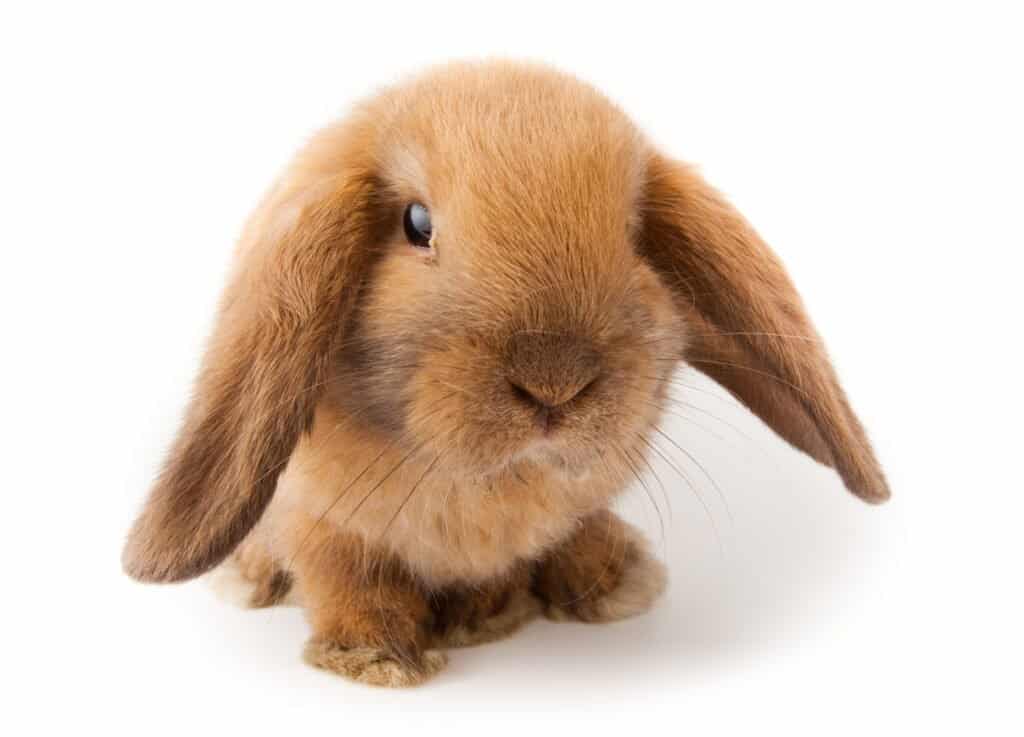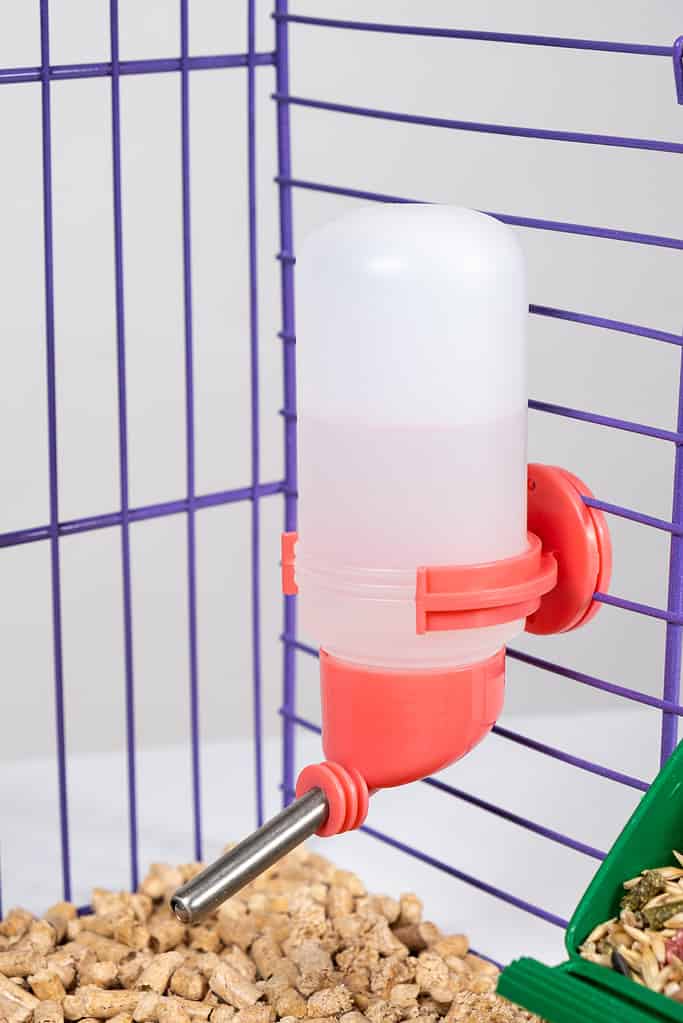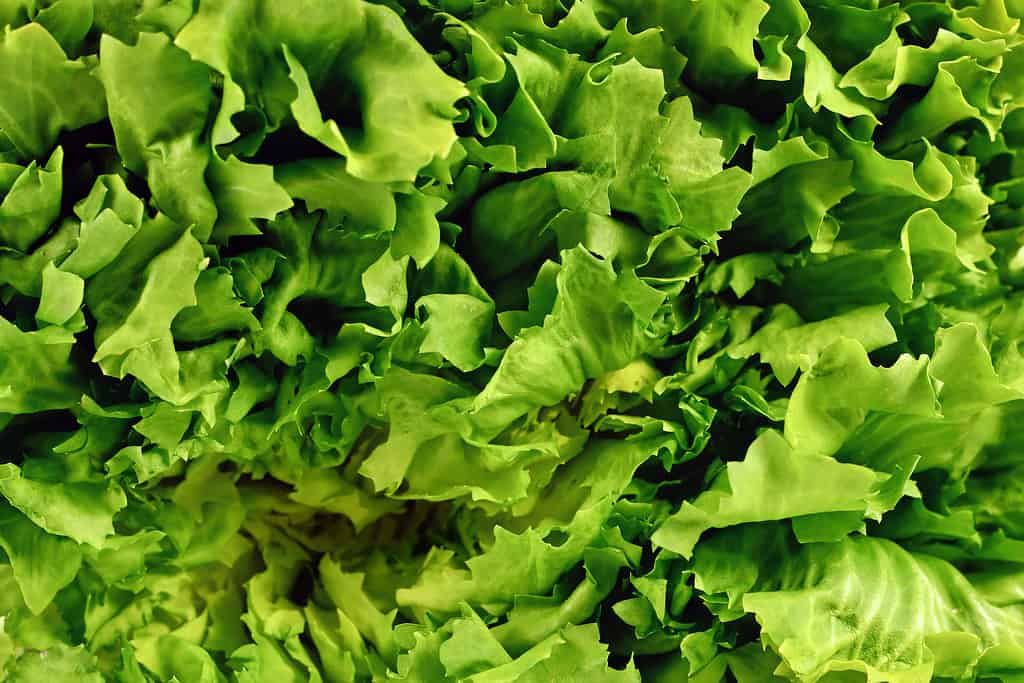Rabbits are cute, often cuddly, and make beloved family pets. However, many rabbit breeds are too large to comfortably keep indoors. But there is good news. You can still own a sweet, adorable rabbit even if you are slightly short on space and can’t properly care for a full-sized one. One of the options available for situations like this is the mini lop rabbit. Below, we explore how much it costs to purchase and care for a mini lop rabbit, along with some of the other things you should consider.
What Are Mini Lop Rabbits?

Mini lop rabbits come in a small package. They weigh 3.4 to 4 pounds on average and never get larger than 6.5 pounds. They have a compact body and distinctive floppy ears. This rabbit breed is particularly well-suited for an indoor environment since they don’t require as much space and are prone to predator attacks.
These sweet animals are affectionate, lively, active, and kid-friendly. While they prefer a quiet space, they love exploring their surroundings. And you can expect to have your mini lop rabbit for a long time. They have an average life expectancy of 8 to 11 years.
This breed originally resulted from cross-breeding in Europe and eventually arrived in America in 1970. It became officially recognized as a breed in 1980 by the American Rabbit Breeders Association (ARBA). You can find them in many different colors and patterns. So, if you have a specific color in mind, be sure to talk to the breeder before you buy.

Mini lop rabbits are known for their distinctive (and adorable) floppy ears.
©iStock.com/Ornitolog82
How Much Do Mini Lop Rabbits Cost?
Now that you know how wonderful mini lop rabbits can be as pets, you may be wondering what they will set you back.
The answer depends. You may be able to find one for free or low cost for an owner needing to re-home their mini lop rabbit or from an adoption organization. However, they are typically only available from breeders. Depending on what line the rabbit was bred from and the quality of the breeder, you can expect to pay between $100 and $200 for your mini lop.
Another factor to consider is the cost of initial cage supplies and medical care, which ranges from $500 to $1600. Then, there are ongoing costs. Monthly costs for food, vet bills, grooming, and pet insurance range between $25 to $750.
What Supplies Do You Need?
This breed is relatively clean and doesn’t require a lot of space, so its needs are minimal compared to other rabbit breeds.
Although they are small, mini lop rabbits still need ample room. Their cage should offer enough room for a litter box, food dish, and water. But that’s not all. Try to offer them roughly 60 sqft of well-ventilated space if possible. You will also want room for toys and tunnels.
You will also need a sizable carrier for trips to the vet. Many rabbit owners opt for an ID tag, collar, and/or microchip to keep track of their adventurous furry friend.
Additionally, don’t forget to add a brush to the supply list. All rabbits need regular grooming, and it isn’t necessary to visit a professional for that care.

Don’t forget to buy things like a food dish, brush, and water bottle for your new friend.
©Zarina Lukash/ via Getty Images
What Kind of Food Do Mini Lop Rabbits Eat?
The bulk of the food mini lop rabbits eat should consist of hay. It should account for 80-85% of their diet. Nutrient-rich pellets ought to make up most of the remainder of their diet.
Feel free to add occasional treats like vegetables (especially green vegetables), clovers, dandelions, and dried fruit like papaya.

Feel free to supplement your pet’s diet with fresh vegetables like leafy greens.
©Firn/iStock via Getty Images
Health Issues to Watch For
An initial vet trip is warranted when you first get a mini lop rabbit. They can conduct x-rays and ultrasounds as needed and spay/neuter it. However, even if your rabbit is healthy at the outset, that doesn’t mean it is immune from future problems.
They are prone to mites and fleas that like to target the ear area. Other possible concerns to watch for include a variety of respiratory illnesses. Perform regular checks on the backside of their ears to look for abscesses. Additionally, watch for weepiness in their eyes. This symptom can indicate problems with their teeth.
Don’t hesitate to reach out to your veterinarian with any questions or concerns you have. With proper care, your mini lop rabbit will be a part of your life for many years!
The photo featured at the top of this post is © iStock.com/Ornitolog82
Thank you for reading! Have some feedback for us? Contact the AZ Animals editorial team.






